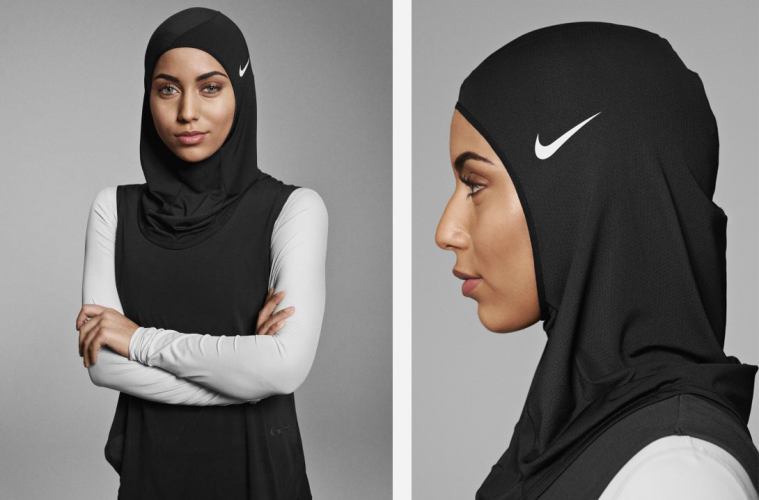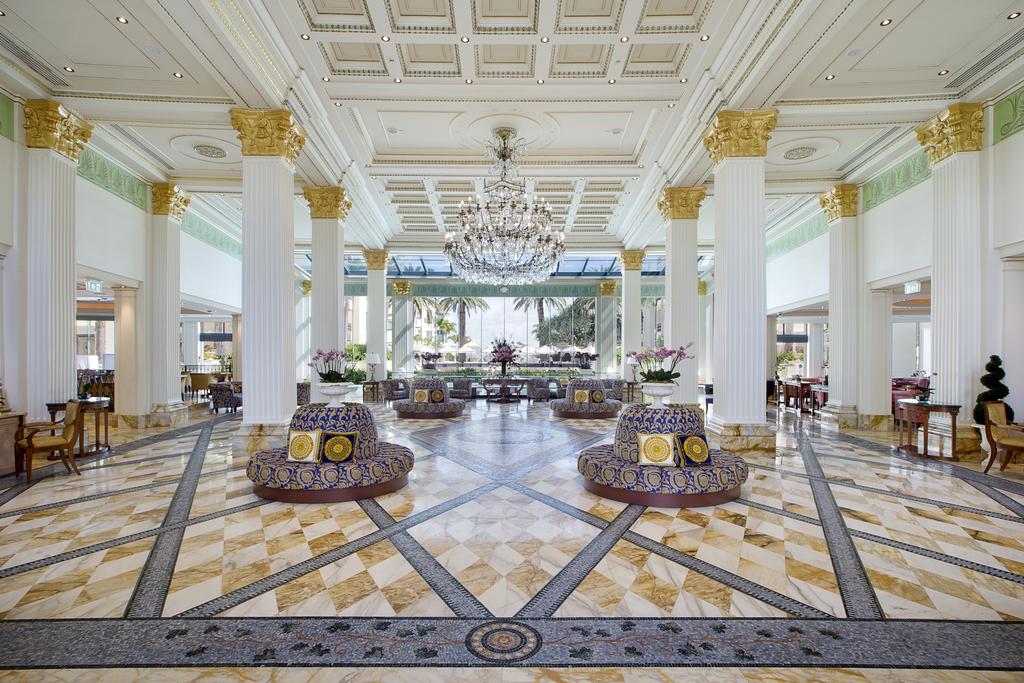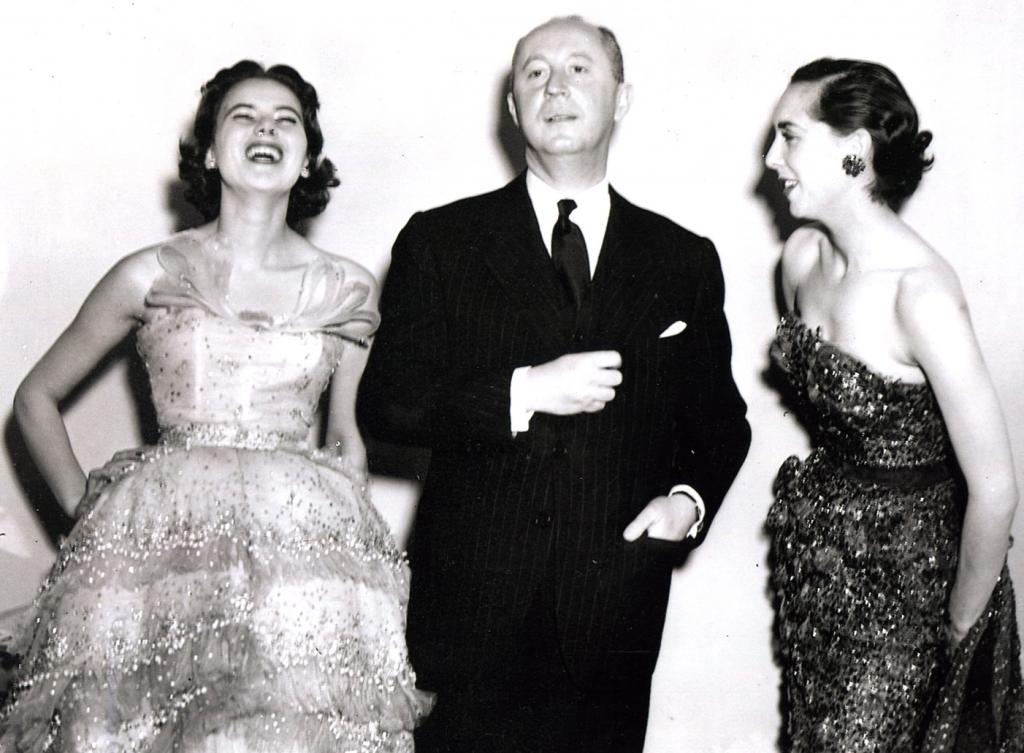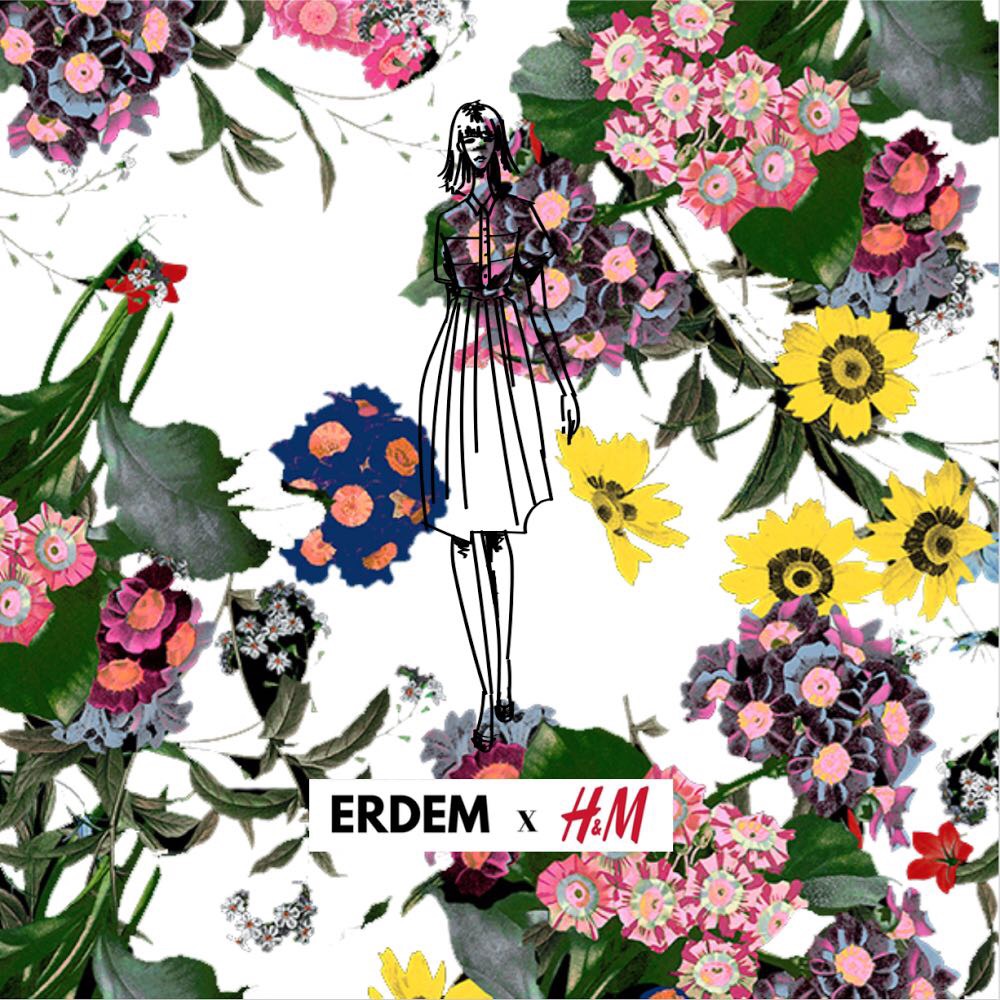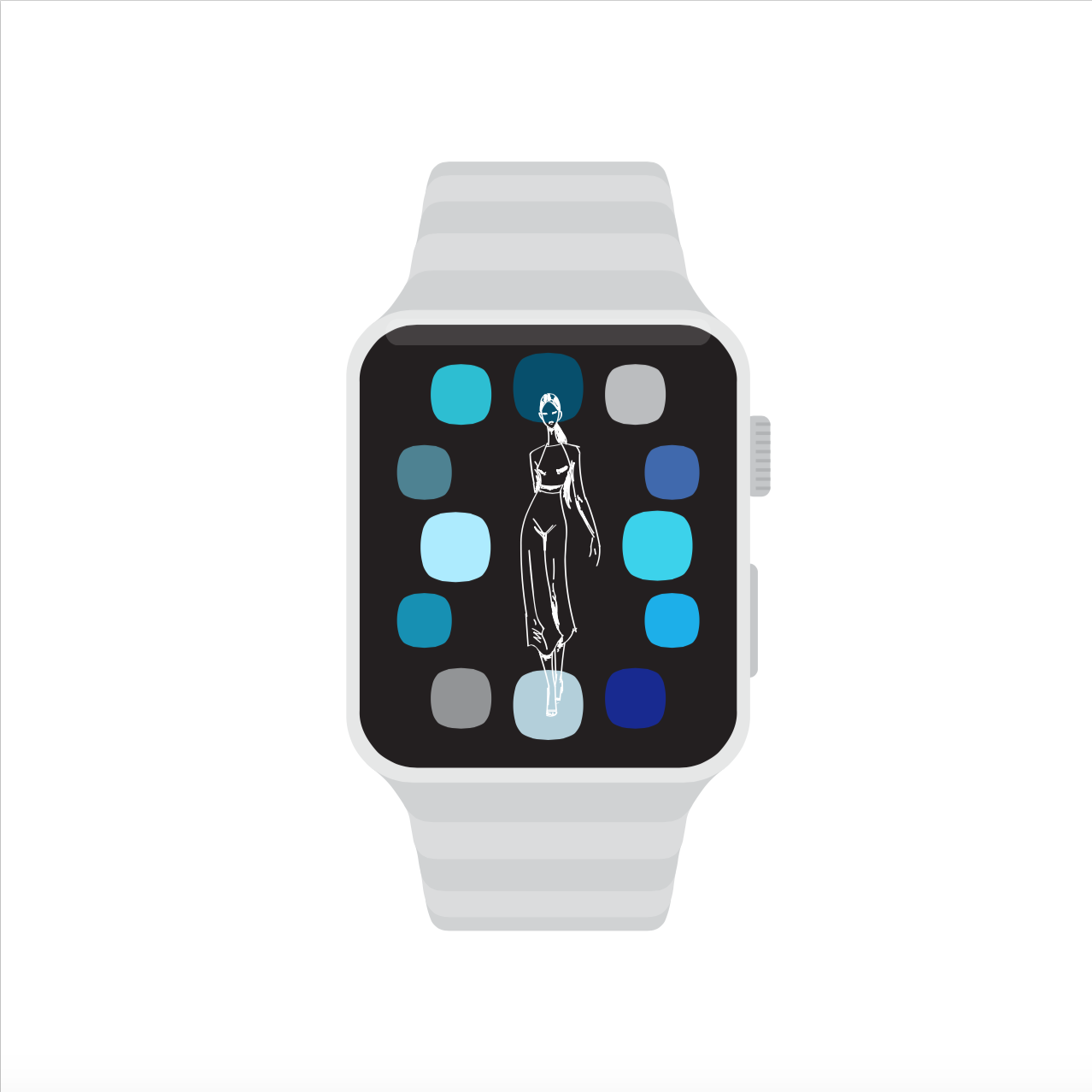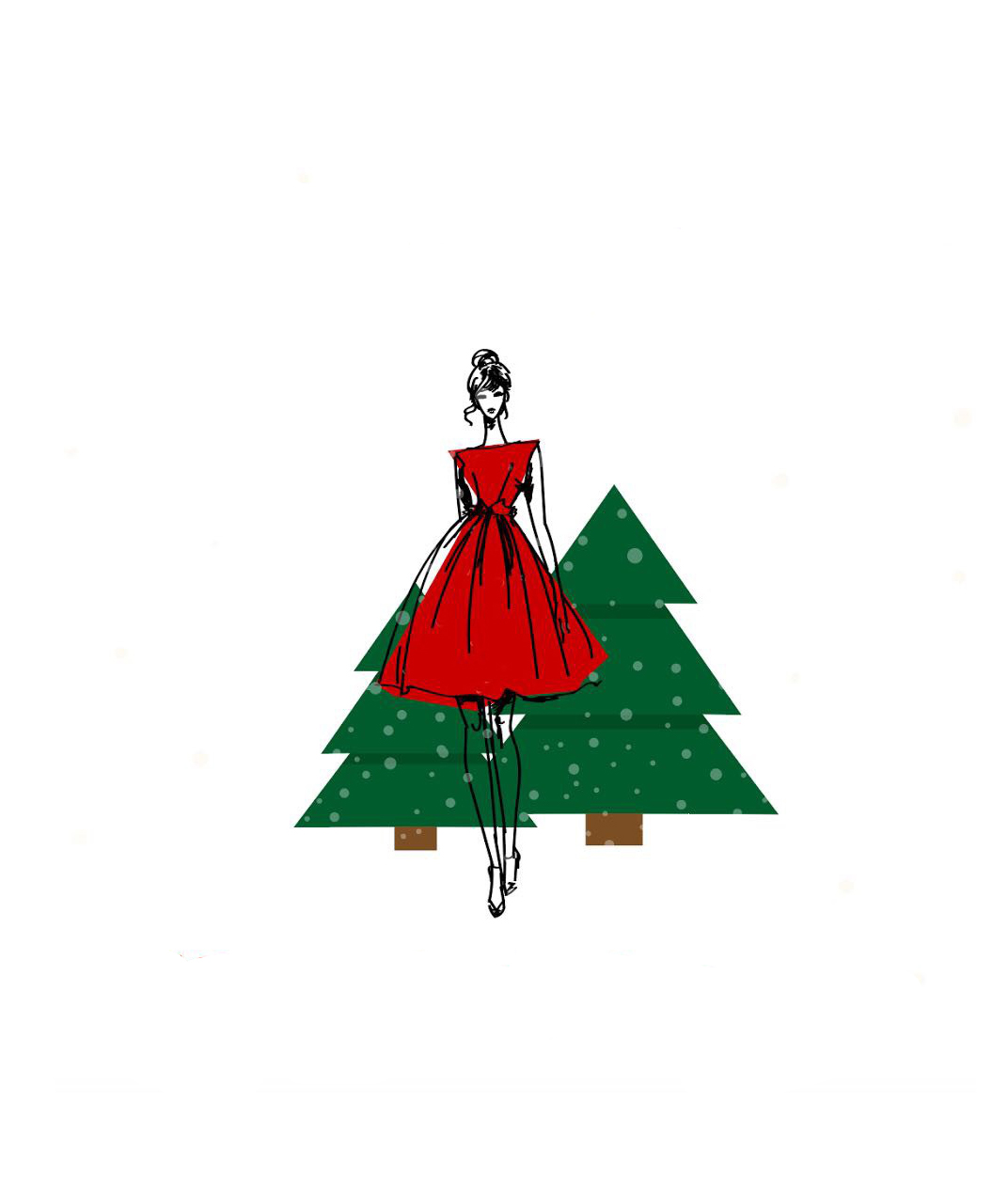After 19 year old model Halima Aden dazzled the runway wearing a hijab at Yeezy Season 5 during New York Fashion Week 2017 people had various reactions. Some fashion people praised the casting team for including a model of diversity, while some voices declared a negative feedback for promoting the idea of oppression that is associated with hijab. But what does this bold act actually mean?
Aden, is not the only one bringing hijab in to the fashion world. Just a month later from the Muslim-ban crisis in USA, the American brand Nike launched their first product directed to Muslim women: Nike Pro Hijab. The headpiece is created from mesh sports material, designed to decrease sweating to the minimum and enable Muslim woman to perform sports freely. The launch of Nike’s new product welcomes the Muslim women into daily life as we know, it wouldn’t be wrong to say that it is an olive branch. Zahra Lari, who was in front of the camera for Nike’s newest commercial adds these words during her interview with Vogue Arabia “People may think or tell you that you can’t do certain things, but I’m going to show them you absolutely can. I am covered, I am Muslim, I am from a desert country, and I’m doing a winter sport”.

Coming from a mostly Islamic country, Turkey, myself, I can say that I first handedly saw how women with hijab are forced to live a life one-step back. Even though many people think women with hijab are forced to wear the headpiece everyday, many wear it due to their own beliefs. The headpiece is associated with modesty and grace in Islamic cultures. Sadly, their lifestyle choice brings various problems for them and the greatest one is prejudice. Most of the time this is what holds them back.

Fashion world welcoming covered models and presenting special products for women with hijab is great news and a brand new start. It is breaking the barriers between people and bringing down the prejudice ideas. The fear for Muslims is fed by fear of the unknown; the fashion industry has the power to bring the unknown to light and unite people. Nike’s words are self-explanatory; the brand admits that they designed the Pro Hijab to enable covered women “to perform up to their potential”. However, the question remains: Will we keep seeing covered women on runways and magazine covers or will this new, welcoming movement die off like a trend? Will world of fashion continue to bring these two worlds together? Will we see hijab more often?

by Pelin Atan

